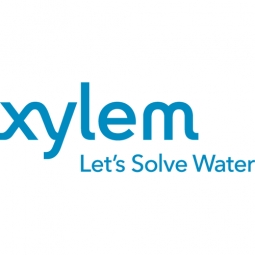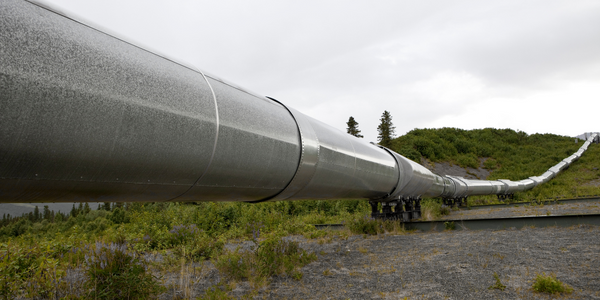
Technology Category
- Drones - Drone Payloads & Accessories
- Sensors - Utility Meters
Applicable Industries
- Electrical Grids
- Oil & Gas
Applicable Functions
- Maintenance
- Quality Assurance
Use Cases
- Leakage & Flood Monitoring
- Water Utility Management
Services
- System Integration
- Testing & Certification
The Customer
The Lake Huron and Elgin Area Primary Water Supply Systems
About The Customer
The customer in this case study is the Lake Huron and Elgin Area Primary Water Supply Systems located in southwestern Ontario. They draw water from Lake Huron to the north and Lake Erie to the south, providing water for approximately 500,000 residents across 15 municipalities, including the City of London. The Lake Huron Primary Transmission Main, a 60-kilometer pipeline that transports up to 340 million liters per day, is a critical part of their infrastructure. Over the past 55 years, the main has experienced four catastrophic failures, leading the utility to adopt a proactive asset management plan that incorporates condition assessment and continuous monitoring data.
The Challenge
The Lake Huron and Elgin Area Primary Water Supply Systems in southwestern Ontario, which provide water for approximately 500,000 residents across 15 municipalities, faced a significant challenge with their Lake Huron Primary Transmission Main. This 60-kilometer pipeline, constructed in 1965, experienced four catastrophic failures over the past 55 years, disrupting the supply of drinking water to a significant portion of southwestern Ontario and causing serious flooding. The failures also affected approximately 70 hectares of prime agricultural lands due to soil erosion and deposition. The utility decided to take a proactive approach to managing risks associated with the pipeline, starting with assessments to better understand the main’s baseline condition and then monitoring the pipeline continuously.
The Solution
In 2012, the utility partnered with Pure Technologies to conduct an acoustic leak detection inspection with the SmartBall® platform and an electromagnetic inspection with the PipeDiver® platform. These tools can inspect in-service pipelines and cover long distances in a single deployment. The inspections revealed that only a small fraction (0.5 percent) of the nearly 10,000 pipes showed signs of deterioration. Using this data, Pure Technologies evaluated the risk of failure for each distressed pipe and helped inform decisions about the point at which a distressed pipe should be replaced. The utility then proactively replaced six pipe sections. In 2015, Pure Technologies installed the SoundPrint® AFO platform into the transmission main to continuously monitor the pipeline. This technology detects and locates wire breaks in near real time, providing an advanced warning system to avert potential failures.
Operational Impact
Quantitative Benefit

Case Study missing?
Start adding your own!
Register with your work email and create a new case study profile for your business.
Related Case Studies.

Case Study
Taking Oil and Gas Exploration to the Next Level
DownUnder GeoSolutions (DUG) wanted to increase computing performance by 5 to 10 times to improve seismic processing. The solution must build on current architecture software investments without sacrificing existing software and scale computing without scaling IT infrastructure costs.

Case Study
Remote Wellhead Monitoring
Each wellhead was equipped with various sensors and meters that needed to be monitored and controlled from a central HMI, often miles away from the assets in the field. Redundant solar and wind generators were installed at each wellhead to support the electrical needs of the pumpstations, temperature meters, cameras, and cellular modules. In addition to asset management and remote control capabilities, data logging for remote surveillance and alarm notifications was a key demand from the customer. Terra Ferma’s solution needed to be power efficient, reliable, and capable of supporting high-bandwidth data-feeds. They needed a multi-link cellular connection to a central server that sustained reliable and redundant monitoring and control of flow meters, temperature sensors, power supply, and event-logging; including video and image files. This open-standard network needed to interface with the existing SCADA and proprietary network management software.

Case Study
Refinery Saves Over $700,000 with Smart Wireless
One of the largest petroleum refineries in the world is equipped to refine various types of crude oil and manufacture various grades of fuel from motor gasoline to Aviation Turbine Fuel. Due to wear and tear, eight hydrogen valves in each refinery were leaking, and each cost $1800 per ton of hydrogen vented. The plant also had leakage on nearly 30 flare control hydrocarbon valves. The refinery wanted a continuous, online monitoring system that could catch leaks early, minimize hydrogen and hydrocarbon production losses, and improve safety for maintenance.










